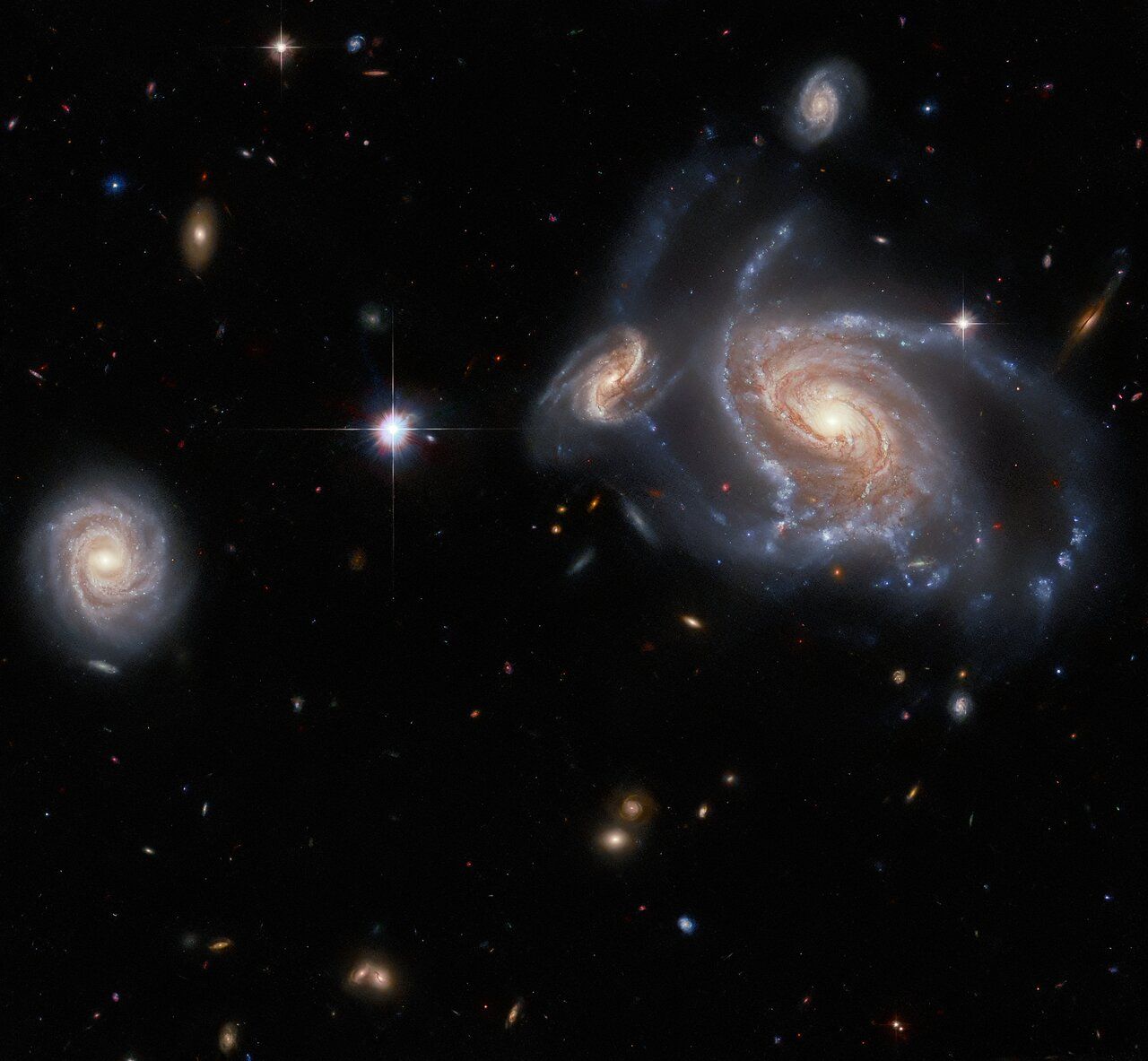
Writing is a Black Hole
Black holes are a scientific wonder; dynamic, powerful, and enigmatic—much like the writing process.
While researching for a story and struggling for a way to tie all of my disparate scenes together, I began to doubt my skills as a writer. The creative process of writing baffles me; a quick spark of inspiration soon fizzles into dull ashes of doubt. Perhaps, I thought, I’m not cut out to be a writer; I have no firm grasp on a muse, and though I churn out thousands of words of draft material, few make it to a finished story. Then I ran across the theory of black holes, and the more I read, the more it resonated with me how well black holes and my writing process parallel each other. Understanding how my creative process worked, allowed me to relax, focus on my writing and trust that each step though frustrating was essential.
The primary parallel between black holes and writing, especially writing fiction, is that they are both invisible and known only by the affect they have on other objects. The nature of a black hole, with its massive gravitational force, prevents light from escaping, so you cannot peer through a telescope and see it as you would a planet or star. The only way a black hole can be detected is by its affect on other nearby objects, such as by bending light and altering the orbits of other stars. NASA uses several different types of telescopes to piece together a composite of space: x-ray, gamma, ultraviolet, infrared, microwave, and radio. From the composite picture, they can see how the black hole alters stars and galaxies light years away.
The process of writing is also like an invisible force, so that even when we are not in the act of putting pencil to paper or tapping on a keyboard, it still influences our lives—it is the unseen force that slows time so we can observe a scene unfold in greater detail; it is the influence that pushes our steps along scenic paths and, hopefully, it is the force that directs us to choose one word over the other. The creative act that writing depends on is an invisible process that we are not always conscious of, but it influences other areas of our life.
Black holes, like a story, pull in anything that orbits too closely. Its immense gravitational force influences celestial bodies light years away. Gas, dust, radiation, light—everything is affected by the colossal gravitational force. Smaller objects are pulled directly into the black hole, but larger ones have their own mass, motion, and energy that resists the pull. Instead, they settle into a decaying orbit around the black hole slowly descending to the gravitational boundary where the force of the black hole overcomes their resistance. The amalgamation of space matter around the black hole is called the accretion disk, and the gravitational boundary that marks the point-of-no-return is called the event horizon.
The accretion disk provides the next significant parallel to writing. As the many and disparate items orbit or pass by a black hole, some are pulled across the event horizon where they are ingested by the black hole, becoming part of it and adding to its mass. Just as in the earlier example with light, as an outside observer, we can never be sure exactly what passes the event horizon into the black hole except by implied measurements of things such as radiation and spectral images.
The accretion of nearby objects could also describe the writing process. Stimuli constantly bombard our senses throughout our day. At the time, we are not aware of what makes a connection in our brain. Repeat this for years and significant material gathers in our conscious and subconscious mind. There are many things in life that contribute to a story: life experiences, education, emotional makeup, the influence of family, coworkers, even strangers, what I ate for breakfast, and the news headlines I scanned during lunch—all are part of our personal accretion disks. But how does that help my writing or help me understand the writing process? Can we get rid of the black hole analogy?
No. The power of the black hole has been shown; the beauty has yet to be revealed. We’ve seen that little we know about black holes is by direct observation and that its’ force pulls in nearby objects to add to its mass, but what happens to all of that mass and energy engulfed by a black hole? Some of the energy causes reactions that produce radiation that can be detected, but there is nothing we know or can know, about the inside of a black hole while we are outside—except its results. Scientists do not know what happens inside a black hole, but I do. It is the same series of reactions as when creating a story.
All of the disparate items that have been pulled across the event horizon are crowded closer and closer by the decreasing space and the increasing gravitational force. They bump against each other, creating new mixtures, sparking additional reactions and combinations, the process continuing, escalating until the energy and mass inside of the black hole exceed the restraint of gravitational force at the event horizon, and it all explodes outward. What happens as the gravitational force grows? What happens when the unknown threshold of mass is exceeded? It is ejected violently in a powerful stream of gas and matter. Though still unsure of the exact process, most scientists believe black holes are the creation mechanism for stars and galaxies when they eventually spew out their ultra-condensed matter. The massive black hole in Galaxy M87 is an example. Scientists predict that when it reaches critical mass, it will eject a stream of energy 5000 light years in length, obliterating everything in its path. From that stream, new galaxies will spiral and form, populated with stars and planets. Some galaxies will spin off to complete their formation while others will drift into contact with other stars or entire galaxies. The resultant collisions resulting in a unique new creation. Is the writing process any different?
We move through our days never seeing or knowing what is pulled in from our personal accretion disk into our subconscious black hole. Everything we see, hear, feel, smell, and taste is part of the swirling mass and energy that surrounds us. A new headline, an overheard conversation, people watching while shopping, and reflections ponderous and sublime, even our daydreams, bump into each other, form, disperse, and reform until a chain reaction starts and builds until the power of the story overcomes our fear and reluctance to write.
For writing, the creative ejection is through our hands to the paper or keyboard. It starts as a jumbled mass of character, action, dialog, and setting. Some will spiral off to form a complete story or poem. Other formations will collide against each other, breaking apart, and rejoining until they coalesce into a new creation. It seems a messy way to write a story or create a galaxy and the details of the science are still only vaguely understood, but the results are incontrovertible and true.
The last point of similarity between black holes and writing, the last scientific fact that fits so well into both creative processes, is the hardest to accept, yet is the only thing that makes the parallel acceptable: there is no certainty of the time it takes to reach critical mass and no calculations that can predict the output. The variables are countless, interactions between space objects may impede or accelerate a reaction; unknown black holes may impose a small but measurable force light years away. Like fingerprints and snowflakes—and stories—no two celestial bodies are alike since each is a unique creation born of the matter ingested and expelled from its parent black hole. It is an unpredictable process, but what we do know with certainty is that it is an ongoing process, a constant accretion of matter and energy that will eventually result in a beautiful creation. For proof, just lift your gaze to the star-filled heavens or browse the shelves at your local bookstore or library.
